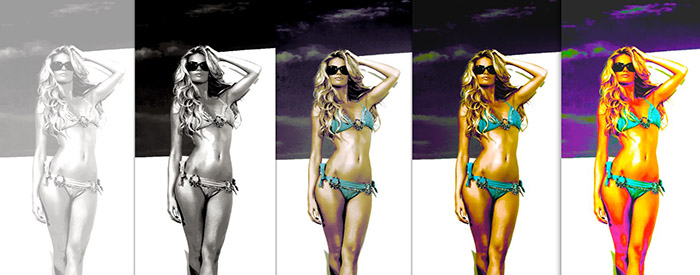
A real life example of an unauthorized retouch. Click to view the original image. Provided by David Mecey.
Let’s say you’re running a successful photography business, or you’re just shooting other people for the fun of it. Maybe you’ve just bought a camera, or maybe you’ve been shooting as a hobbyist for years. It’s the same drill, more or less. You break out your painfully-expensive equipment, dress in your comfiest flats, and prepare to crawl around on your hands and knees just to get your job done. At the end of the day, you’re exhausted, but nowhere near finished.
You put the kids to bed, administer an unhealthy amount of caffeine, crank up Pandora, and say your positive thought mantras to prepare for a long night of click, click, click. By early morning, you’ve updated your blog, shared on FB, made a few #photomaster tweets, and you have finals ready for delivery. Soon enough, they get into the hands of your client, and…
Let’s stop here for a moment. Let’s say your client purchased the images from you, hypothetically. They own them and so they can do whatever they want with them, right? Nope. Do they know that? Nope. Should they? Yes! They need to know what they can do with them, and what they can’t.
Back to our story, the images make it into the hands of the beautiful, gushing bride or promising model. She frantically posts more shots to FB, even the ones you aren’t happy with, but she tags lots of friends, so it’s permissible. That could help you get more business!
I take that back. The images she shares are sporting new crops, badly-done photoshop re-retouching, and some super bright, over-the-top coloring that makes your stomach turn. Well, those are her images, after all. You should feel privileged that you have another happy customer.

This is a remade example of an actual re-retouch. Click to view the original image. Provided by Halftone Studios.
It dosen’t matter. It’s a problem and it could be bad for business. Your name and the future of your business could be on the line. You have to say something about it. It’s not that you want to rain on her parade, even though her mother acts like an angry dinosaur. You are better than that. So, you have a sticky situation on your hands. Best thing to do? Never get there in the first place!
One of the hats you wear as a photographer is a teacher. Sure, you can copy and paste something in a forum and tack it on at the end of your contract. But, it’s legaleze and no one really reads that stuff anyway. Take the time to explain. Even if the contract is signed, you’re still not good. You need to take an extra step. Lead the horse to the water, so to speak. Your clients need to know what’s permissible and what’s not, and it’s up to you to tell them why. I’ll reiterate for emphasis. It’s up to you to educate them.
I’ve turned to a friend of mine, photographer David Mecey to ask his thoughts about this new paradigm in photography. Let’s hear his thoughts about what we’re now seeing.
There’s a common misconception regarding ownership of images purchased from a photographer. Which includes not just your bride or novice model but the owners of small businesses who hire a photographer to shoot a catalog or ad photograph for their company.
Unlike nearly every other product that you ‘purchase’ then ‘own’ (including cameras, TVs, automobiles, cell phones, etc), photographs are not the same thing. Photographs are what are known as ‘intellectual property’. An item which is owned by the person who created it, artistically and intellectually per their skill and talent. Even after they’ve ‘sold’ those photographs, believe it or not, those photographs still belong to the creator/photographer. (This is the case unless the client pays a very large sum in order to ‘buy out’ the images from the photographer in order to own them forever, use them forever, without restraint. But that is something that is growing more and more rare in current economic times)
What you don’t receive with your purchase is the right to change, alter, retouch, damage or any other adjective that describes the manipulation of the photographer/artist’s work. Which is probably the biggest misconception by clients worldwide. They feel that since they just paid all this money to this photographer that they now own all those photographs he/she shot. Which includes the ability for them to do whatever they darn well please with those photos. Wrong.
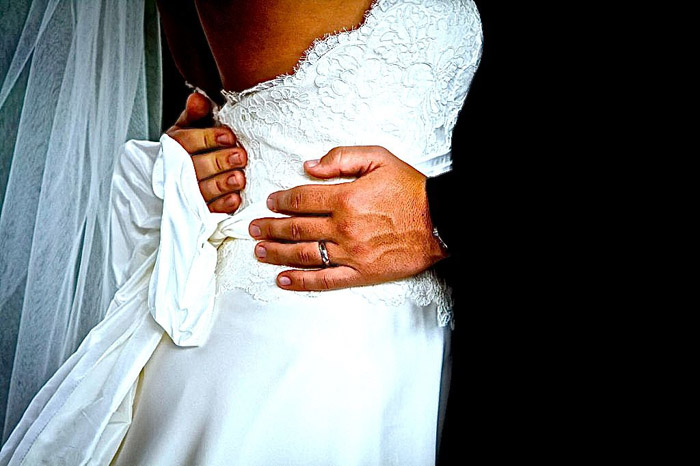
This is a remade example of an actual re-retouch. Click to view the original image. Provided by Halftone Studios.
Those photographs were created by the artist. They are his/her intellectual property, their art, their creation, whatever you wish to call it. But the main point is, the art forever belongs to them and that’s not only by law (but more, out of respect for the artist). Which means that due to that fact you, the client, are not allowed to change those photographs. Even if you feel you can make them ‘better.’ If you wish changes to be made, discuss those with the photographer.
Now this last statement I’ve written shouldn’t even need be written if people would simply respect a photographer’s imagery. To know that they, the creators of the images, felt that what they produced for you were the photographs that best depicted their art for you, the client as the subject, or you the client as the end user. That you will respect that work and not infringe upon it in any way, out of respect.
The problem though, as we’ve entered into and completely become engulfed by the digital age, everyone now sees themselves as ‘retouchers’. What with all the software available for novices, even such simple ones such as Instagram, anyone can now be a retoucher. A person capable of changing an image into something totally different from what was the original. Yet all without the permission of the photographer.
So, with all this I’ve written, I can only implore all you would-be retouchers to consider this: If you created something, something that you felt was absolutely wonderful, so very special and exactly what you felt was the best you could produce, then, give it over to a friend and a few days later see it completely changed into something totally different, how would you feel? Sad? Hurt? Frustrated? All of these?
Well, that’s exactly what we photographers feel every time you do that to one of our photographs we’ve spent years learning how to produce to be stellar. But worst of all, without even a ‘may I?’ So please consider that next time you’re thinking about adding a ‘filter’ or some other software manipulation to a photographer’s work.
—
David has been on the blog before. Check out this article to read more. We’ve also used his work in one of our video tutorials. Here’s a link.
If you’re interested in learning from Mr. Mecey, check out his website. While you’re there, his blog, Mecey’s Morsels, is a great resource for inspiring photography and great advice.
—
The example images in this article were provided by Jenn Ann with Halftone Studios. Thanks for sharing, Jenn!
Try Exposure Today





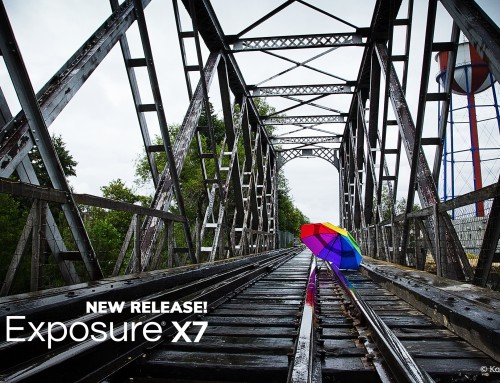

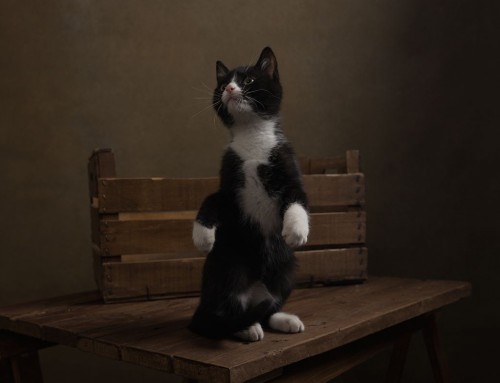




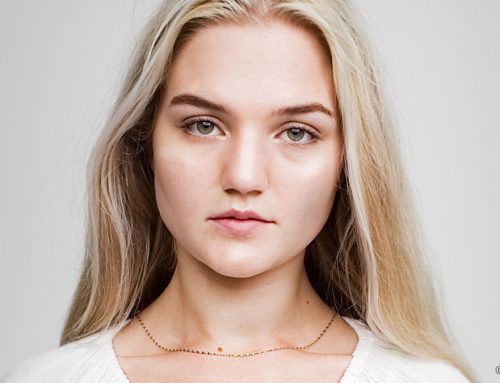
What can I say I don’t know , Just amazing post with good resource. I found something big on there. David really a great artist in this field.